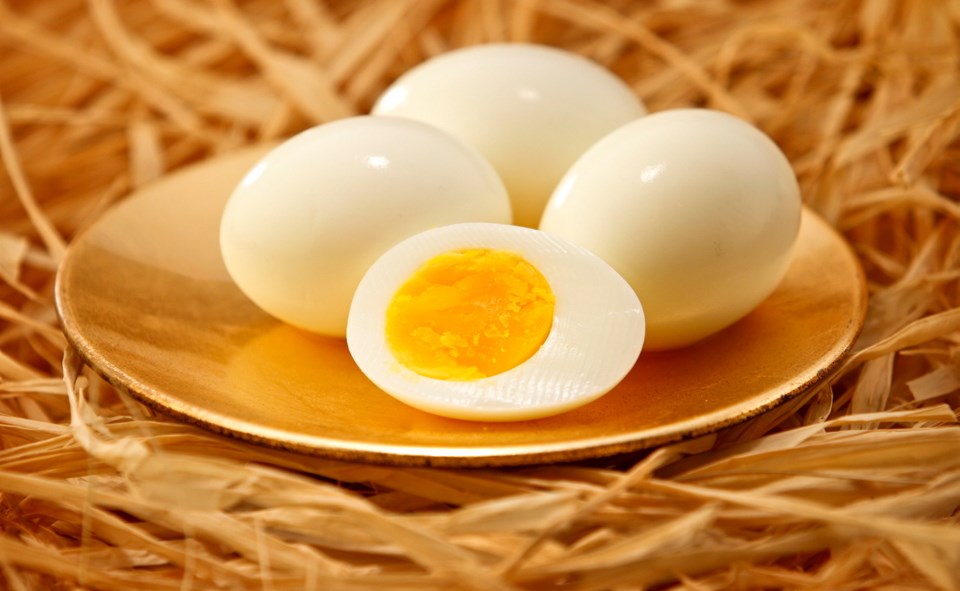Sometimes it’s the simplest things that are the most confounding. Last year, right before Easter, I blogged about how to make a perfect hard-boiled egg. Basic? Yes. Popular? Very. This seemingly simple task received tens of thousands of page views.
And, it seemed, almost as many complaints: “But how do you peel them?”
While my method ensures that hard-boiled eggs are never overdone, it also can make them harder to shell, because perfectly cooked eggs turn out to be stickier than ones that have been overcooked.
So, this year, I determined that I would find the absolutely perfect way to cook hard-boiled eggs you could actually peel. I spent a couple of days researching and cooking several dozen eggs and found that the answer is surprisingly simple.
The Perfect Hard-Boiled Egg
It’s easy to cook eggs that are firm, not rubbery, and yolks that are bright orange and moist.
Perfection is the goal here.
How do you cook a perfect hard-boiled egg? It’s really simple. Arrange the eggs in a single layer in a saucepan or deep skillet. Add just enough tap water to cover. Bring to a boil and cook one minute. Remove from the heat and let them stand at least 15 minutes.
Because the water begins to cool as soon as the heat is turned off, the eggs never overcook the way they can if you leave them at a steady simmer.
Furthermore, you never wind up with split or cracked eggs. Those problems happen when you add cold eggs to boiling water and are caused by the sudden expansion of the air bubble inside the shell because of the heat. Since eggshells are porous, if you warm the egg slowly, that air eases out gently (if you watch closely, you’ll see the bubbles).



